Members save 10% or more on over 100,000 hotels worldwide when you're signed in
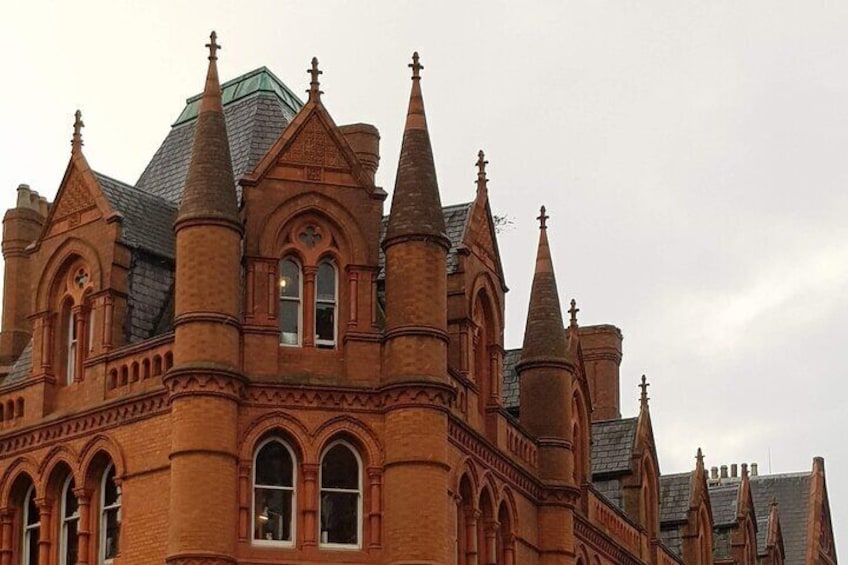
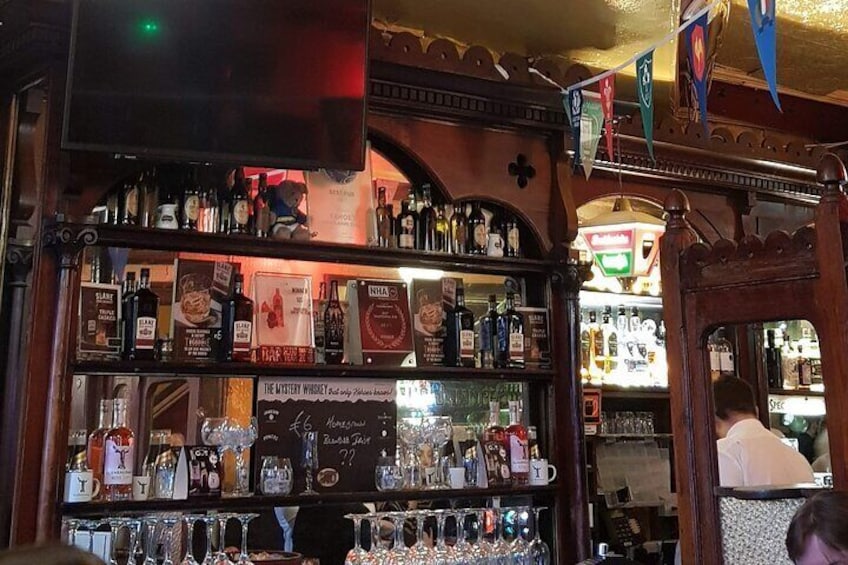
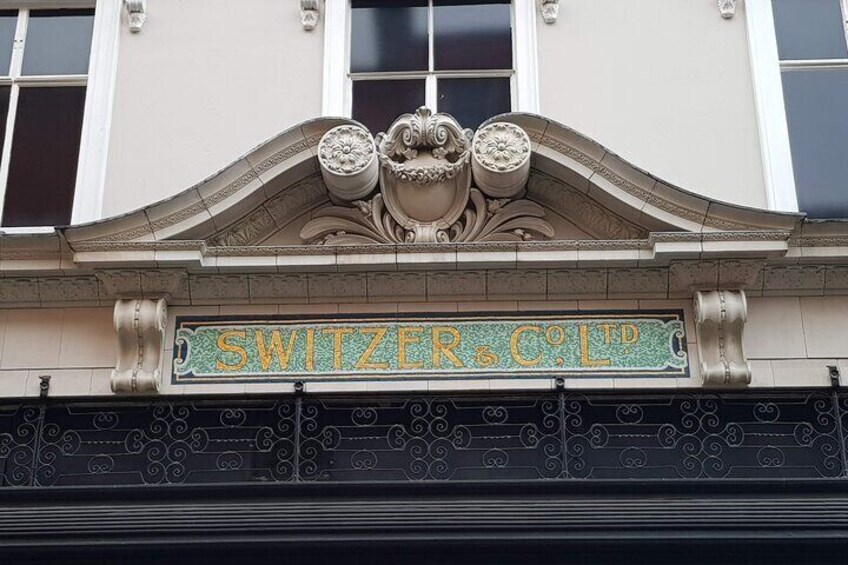
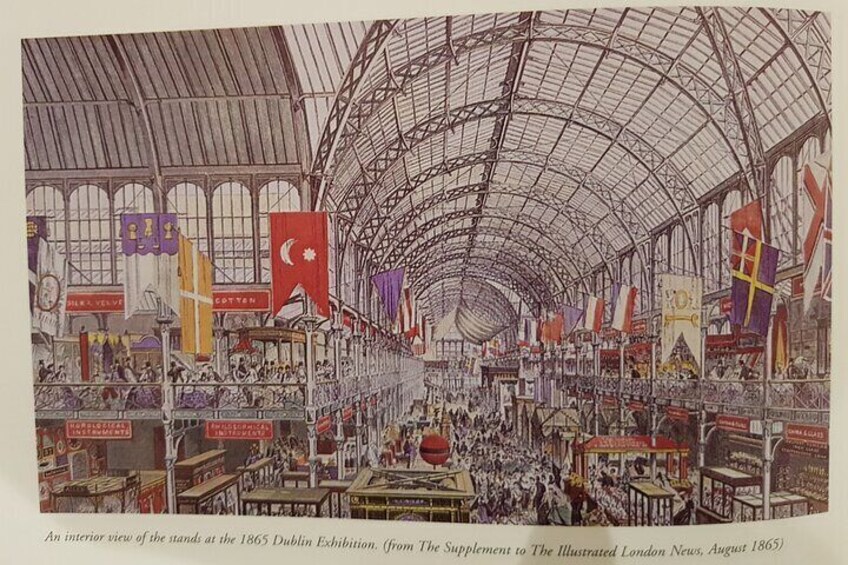
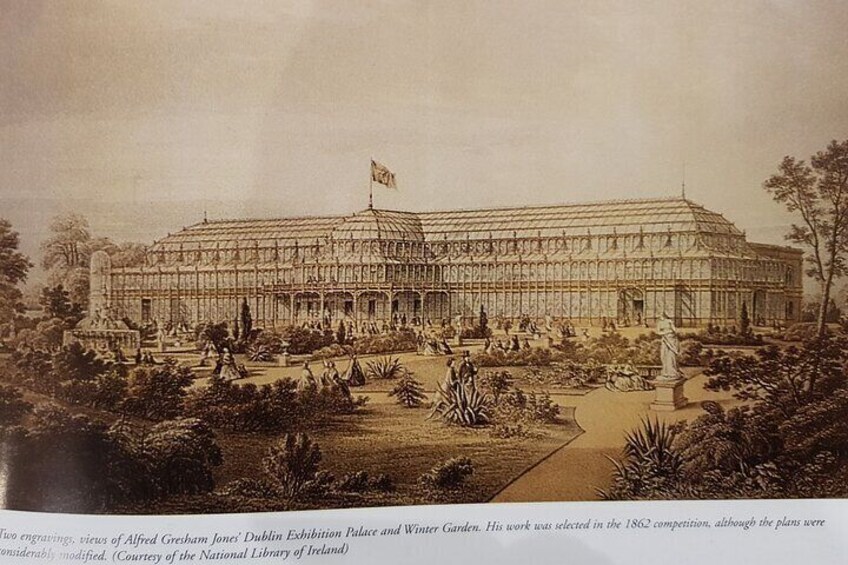
Private Victorian Architecture Walking Tour in Dublin
Features
- Free cancellation available
- 2h 30m
- Mobile voucher
- Instant confirmation
Overview
This tour takes you through a modern, bustling Dublin that still holds countless reminders of its remarkable Victorian heritage. By exploring themes such as charity and philanthropy, finance and investment, science, culture, and commerce, we can follow the impressive evolution of the city throughout Victoria's reign.
During the walk, you will learn about the very real issue of poverty and disease in nineteenth-century Dublin and see some of the previous slum districts. Conditions in the slums were so horrendous that they became the focal point of the Victorian city at the expense of its great industry and progress.
This walk provides participants with a more balanced view of Victorian Dublin. In many ways a city in decline compared to the glory days of the Georgian era, in many other ways, a city on the rise in terms of infrastructure, investment, science, and culture.
Activity location
- Christ Church Cathedral
- Christchurch Place
- Dublin 8, County Dublin, Ireland
Meeting/Redemption Point
- Christ Church Cathedral
- Christchurch Place
- Dublin 8, County Dublin, Ireland
Check availability
Private Victorian Architecture Walking Tour in Dublin
- 2h 30m
- English
What's included, what's not
- Fully-licenced English speaking guides
Know before you book
- Service animals allowed
- Public transportation options are available nearby
- Not recommended for travelers with spinal injuries
- Not recommended for pregnant travelers
- Not recommended for travelers with poor cardiovascular health
- Travelers should have at least a moderate level of physical fitness
Activity itinerary
Christ Church Cathedral
- 7m
- Admission ticket not included
Iveagh Markets
- 10m
- Admission ticket not included
St. Patrick’s Park
- 10m
City Hall
- 10m
George's Street Arcade
- 15m
Dame Street
- 10m
Trinity College Dublin
- 15m
National Gallery of Ireland
- 15m
- Admission ticket not included
Westland Row
- 10m
Diving bell
- 10m
Custom House Quay
- 5m
O'Connell Bridge
- 10m
Location
Activity location
- Christ Church Cathedral
- Christchurch Place
- Dublin 8, County Dublin, Ireland
Meeting/Redemption Point
- Christ Church Cathedral
- Christchurch Place
- Dublin 8, County Dublin, Ireland